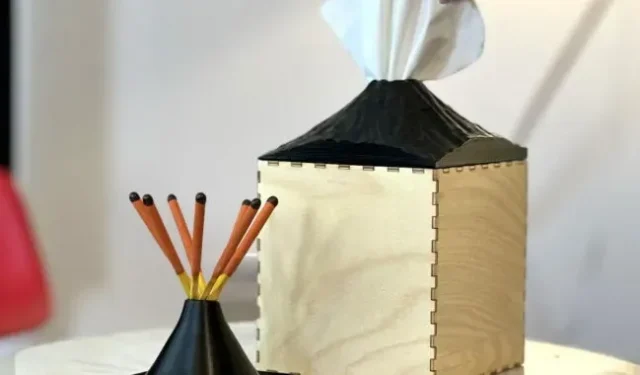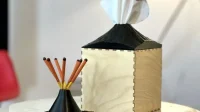Since the advent of DALL-E 2 and ChatGPT, there have been many arguments about AI technology – some of them have been justified.
It is true that the future of technology is unclear. There is much debate about the ethics of using existing illustrations, images, and content to educate these AI products, and what industries they will replace or change. And it looks like the AI race between companies like Microsoft and Google is already on.
Still, as an industrial designer and professor, I think AI imaging programs are a fantastic way to improve the design process.
They do not replace the valuable insights and critical thinking skills that I have accumulated over the years. But they spark creativity and empower the products that my students and I develop.
Peek behind the design curtain
Industrial design involves creating everyday items with particular attention to their form and function. Industrial designers have a hand in everything from furniture and consumer electronics to accessories and clothing.
A typical design process involves a lot of research and discussion with customers about their needs. From there, designers brainstorm ideas and sketch them out, followed by the prototyping and fabrication phase. Finally, the objects are cleaned up and produced.
In the early stages of brainstorming, designers spend a lot of time with their sketchbooks, inspired by their immediate surroundings, history books, and their own experiences. The internet also plays a big role – this is where designers collect a lot of images that they use to create inspiration boards. Jonathan Ive, who created many of Apple’s iconic products, is known to have seen luxury watches as an inspiration for the Apple Watch, using the “crown “, commonly used to wind mechanical watches and set the time, as an input device to allow users to scroll through content.
AI gave designers like me the ability to generate images from just a simple text prompt. Tools like DALL-E or Midjourney allow us to take abstract concepts and turn them into a stream of images.
Enter any offer – no matter how crazy – and you will receive a set of unique images created especially for you. Do you want to design a teapot? Here, take 1,000 of them. Some may be dinosaur-shaped; others can be made from mashed potatoes.
Although only a small part of them can be used as a teapot, they provide a source of inspiration that a designer can nurture and turn into a finished product.
From nostalgia to a tissue box
Perhaps a handful of these 1,000 images of teapots will allow a designer to come up with a new, unexpected shape that is easier to hold, more economical to produce, or more beautiful to look at. Generative AI may make the brainstorming process easier, but the responsibility for making decisions that will ultimately lead to products that enrich people’s lives still rests with the designer.
I recently found myself using AI image generators like DALL-E and Midjourney to explore complex ideas that can be difficult or time consuming to formulate and translate into a physical product. For example, for one project, I wanted to create objects that really connected people deeply to the place they visited or lived, as opposed to the fridge magnet souvenirs that tourists often end up buying.
So I decided to design a set of small household items to sell to tourists visiting the small colonial town of Antigua, Guatemala, just a few miles from where I grew up. I wanted the objects to evoke nostalgia for the city and perhaps make those who bought them want to return.
I started by suggesting that DALL-E use nostalgic desktop items. The results were funny and unexpected. I got images of objects that looked sad, like erasers and a box of tissues, frowning. He took my suggestion very literally.


